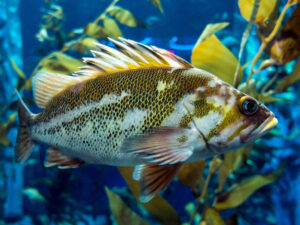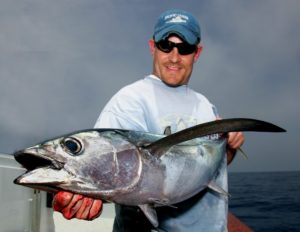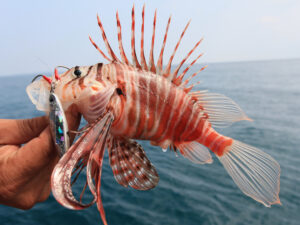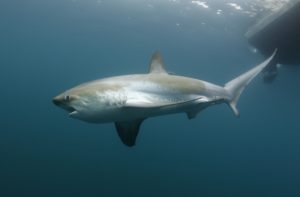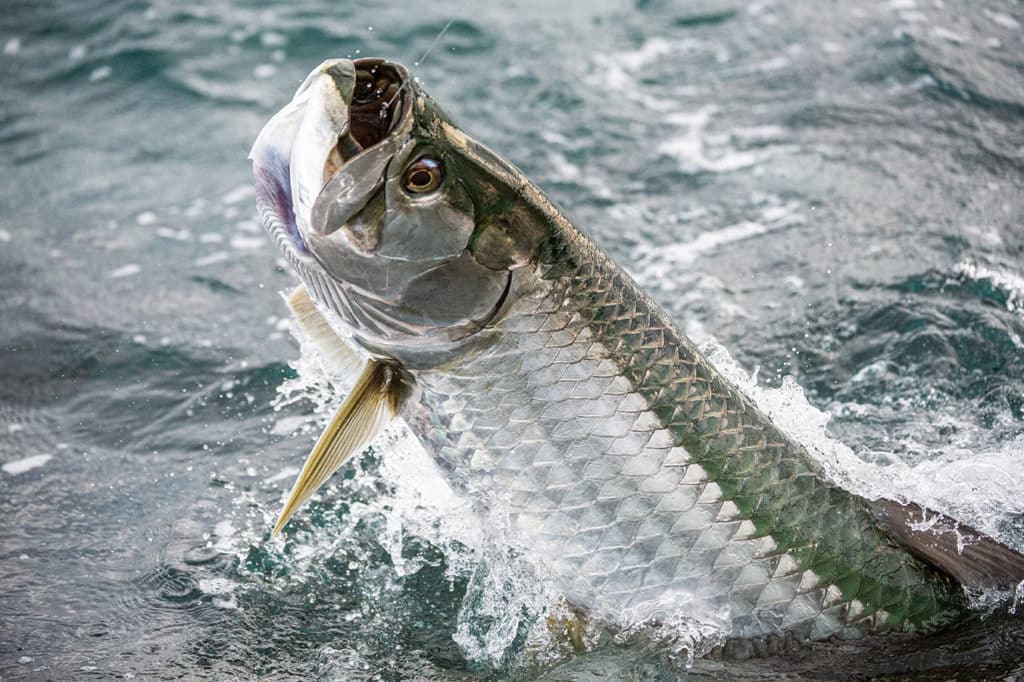
If you spend any time in the Florida Keys from March to May you know about the hot tarpon fishing around the bridges. Islamorada’s Channel 2 and Channel 5 bridges consistently produce. Near Marathon, the Seven-Mile and Bahia Honda bridges can be packed with boaters, soaking live crabs and silver mullet to hookup. At night time, some anglers cast and jig eel imitations around bridges with success.
But a second, ever-growing attraction has spliced itself among the tarpon bonanza — hammerhead sharks. What first started years ago as isolated shark encounters have become as regular as the tides. Viral videos show triple-digit tarpon attacked by hammerhead sharks as long as a bay boat. Those videos or real-life experiences used to produce audible gasps, now they generate groans and anger. Boat-side interactions are happening more frequently, so much so that the routine hammerhead encounters have become an issue for anglers and tarpon alike.
Tracking Sharks Movements
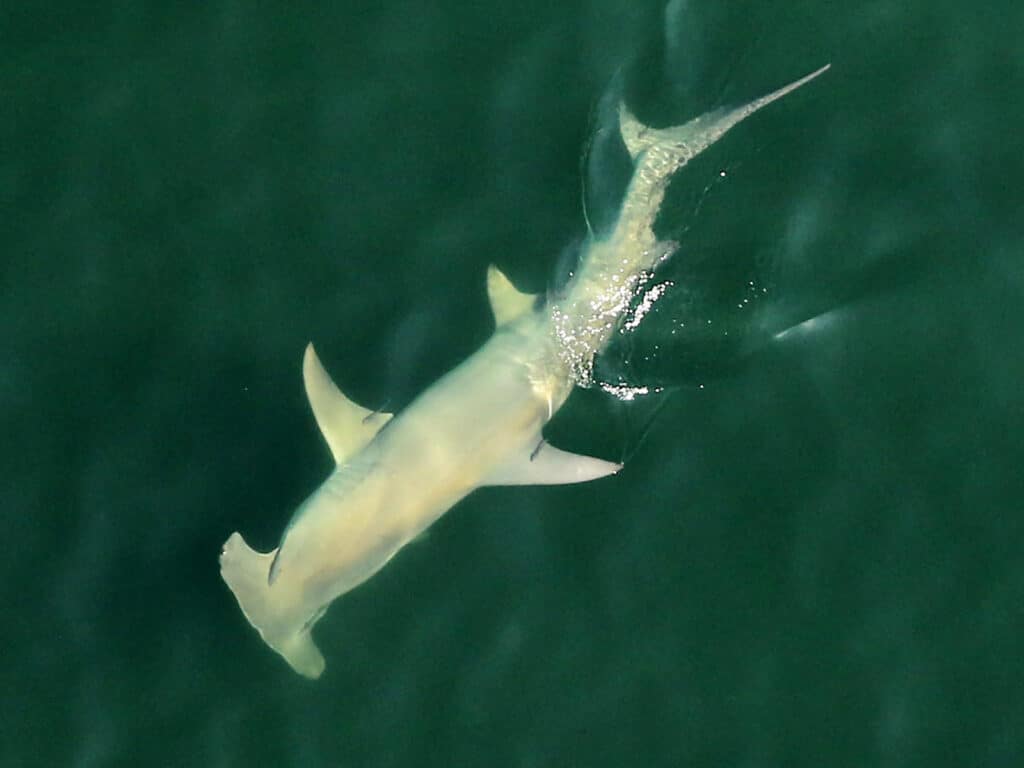
Investigators wanted to study the interactions where hammerhead sharks attacked and ate tarpon, known as “depredation,” so they set out to track Florida’s sharks’ movements. An international team of researchers, led by the University of Massachusetts Amherst, compiled a massive dataset covering the position, migration and interaction of sharks and game fish. The researchers focused on the Florida Keys over a three-year period. In all, the team deployed nearly 300 acoustic receivers and tagged 257 fish (including 73 sharks) with transmitters on bull sharks, hammerheads, tarpon and permit.
Here’s how it worked: Every time a tagged shark or fish swam within range of the receiver, its location was recorded and tagged with the date and time. Using acoustic telemetry gave the team long-needed stats on the migratory, reproductive and feeding patterns of sharks. Then, the team ran their raw data through a unique machine-learning algorithm to model the complex interaction of environmental factors, such as time of year, lunar cycle, water depth and temperature.
“Combining acoustic telemetry and machine learning helped us to answer a host of questions about predators and prey,” said Grace Casselberry, the paper’s other co-lead author and a PhD candidate at UMass Amherst’s Department of Environmental Conservation.
Tarpon and permit repeat the same spawning migrations and return to the same spawning grounds, at the same times of year, every year. “[Sharks] seem to remember where and when the tarpon and permit aggregate,” said Casselberry.
That’s no surprise to tarpon anglers who have been outspoken about their increasing encounters with sharks, often in the form of their hooked fish getting chomped.
Bahia Honda’s Hammerhead Sharks
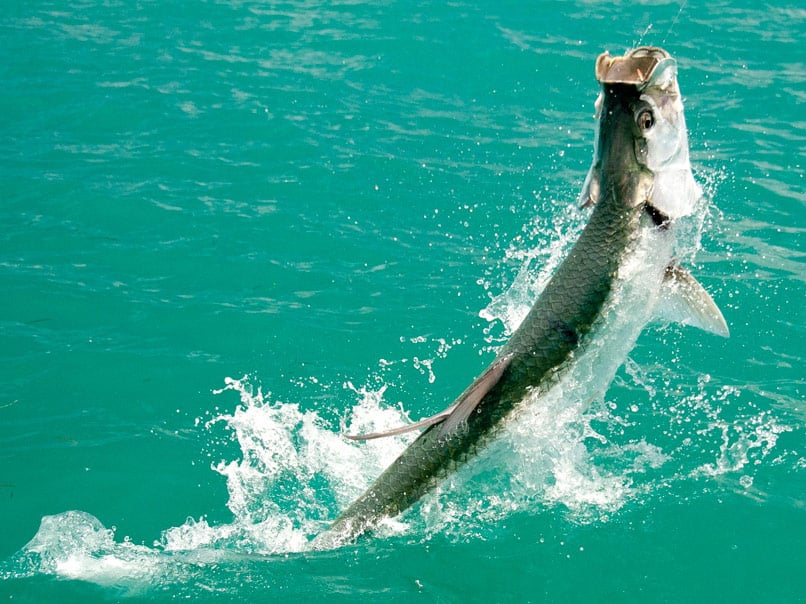
From April 2019 to July 2021, Casselberry was focused on acoustic telemetry. But from April to May in 2019, she conducted a visual survey of hammerhead sharks and tarpon at the Bahia Honda bridges to quantify depredation rates and identify factors that most influence depredation.
The survey spanned 211 hours of fishing, recording 394 hooked fish. A total of 104 fish were observed being landed. Twenty-fish depredations occurred, with 4 post-release mortalities. Any subsurface post-release mortalities were not able to be observed or recorded.
“The average time to land a tarpon was 12.7 minutes,” said Casselberry. “Depredation was most likely to occur after 9.5 minutes; post-release mortality after 9 minutes.”
Casselberry tracked the tides, currents, fight time, number of boaters fishing, number of fish hooked at one time, number of times a tarpon jumped, time of day, and plenty of other variables to try to understand when a hammerhead shark was most likely to attack a tarpon.
“Hammerheads are modifying their use of Bahia Honda in response to tarpon presence,” said Casselberry. “Their daytime presence overlaps with angling pressure. I observed a 15 percent mortality rate [of hooked tarpon].” Casselberry’s tracking data also showed that hammerheads took up residence the longest in the Florida Keys from March to June. Each month saw increased resident hours from hammerheads until a decline occurred in July.
Potential solutions to hammerhead attacks could be policy or management based, behavior based, or technology based (shark deterrents), said Casselberry. “For anglers, try to use heavier tackle to get that fight time under 9 minutes; be aware that the outgoing tide is when the hammerheads are most likely to be around; or try night fishing when hammerheads aren’t as active.”
Tarpon Numbers Trending Down
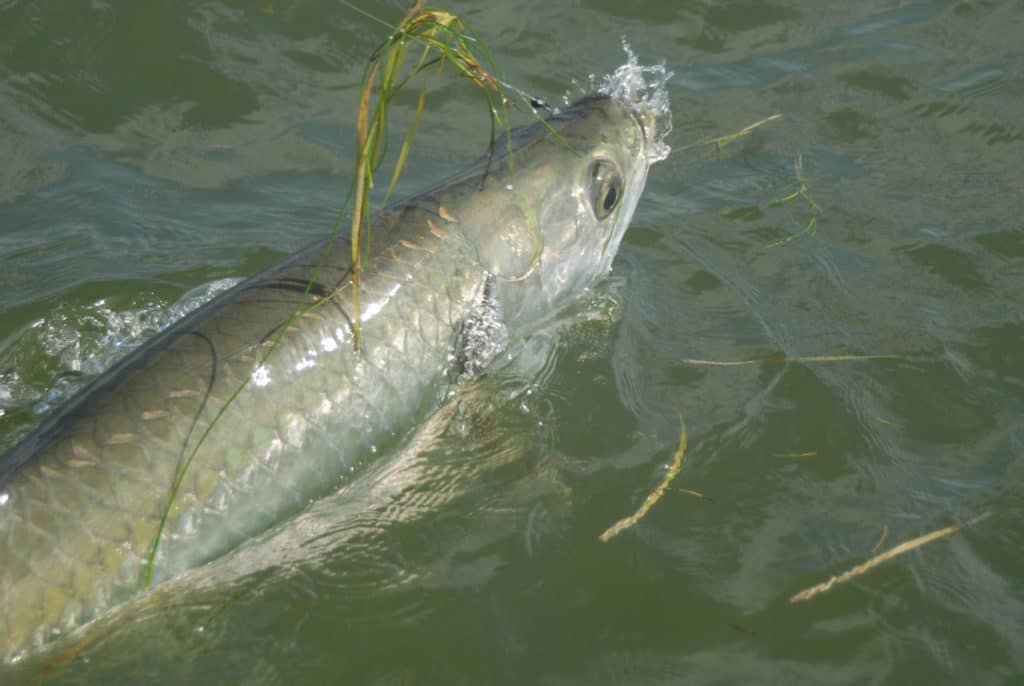
A recent UMass Amherst survey received answers from nearly 1,000 anglers and guides who target Atlantic tarpon. Tarpon are not part of any formal stock assessment, so talking to avid anglers is one of the best and only ways to get a pulse on the fishery. Overwhelmingly, respondents answered that the quality of the fishery has declined considerably since the 1970s.
Other results from the survey included:
- On average, guides lost 2 to 7 tarpon per year to sharks over the last five years.
- Respondents perceived water quality and habitat availability as the greatest threat to Atlantic tarpon; restoration efforts should be a top conservation priority.
- Respondents supported regulations that prohibit harvest of tarpon (such as catch-and-release only).
- Respondents want increased science efforts to understand Atlantic tarpon ecology for conservation solutions.

